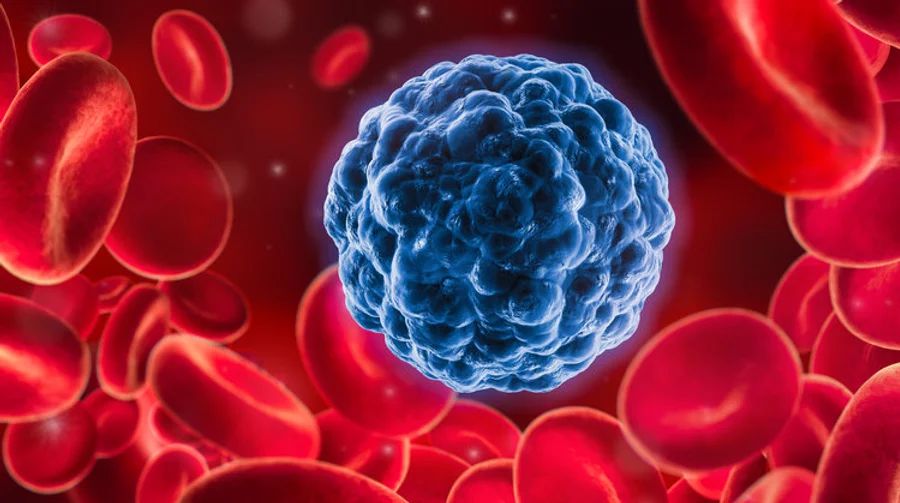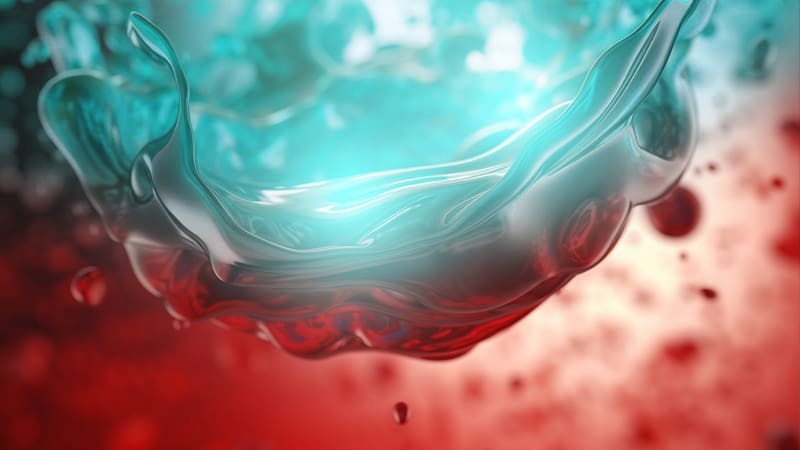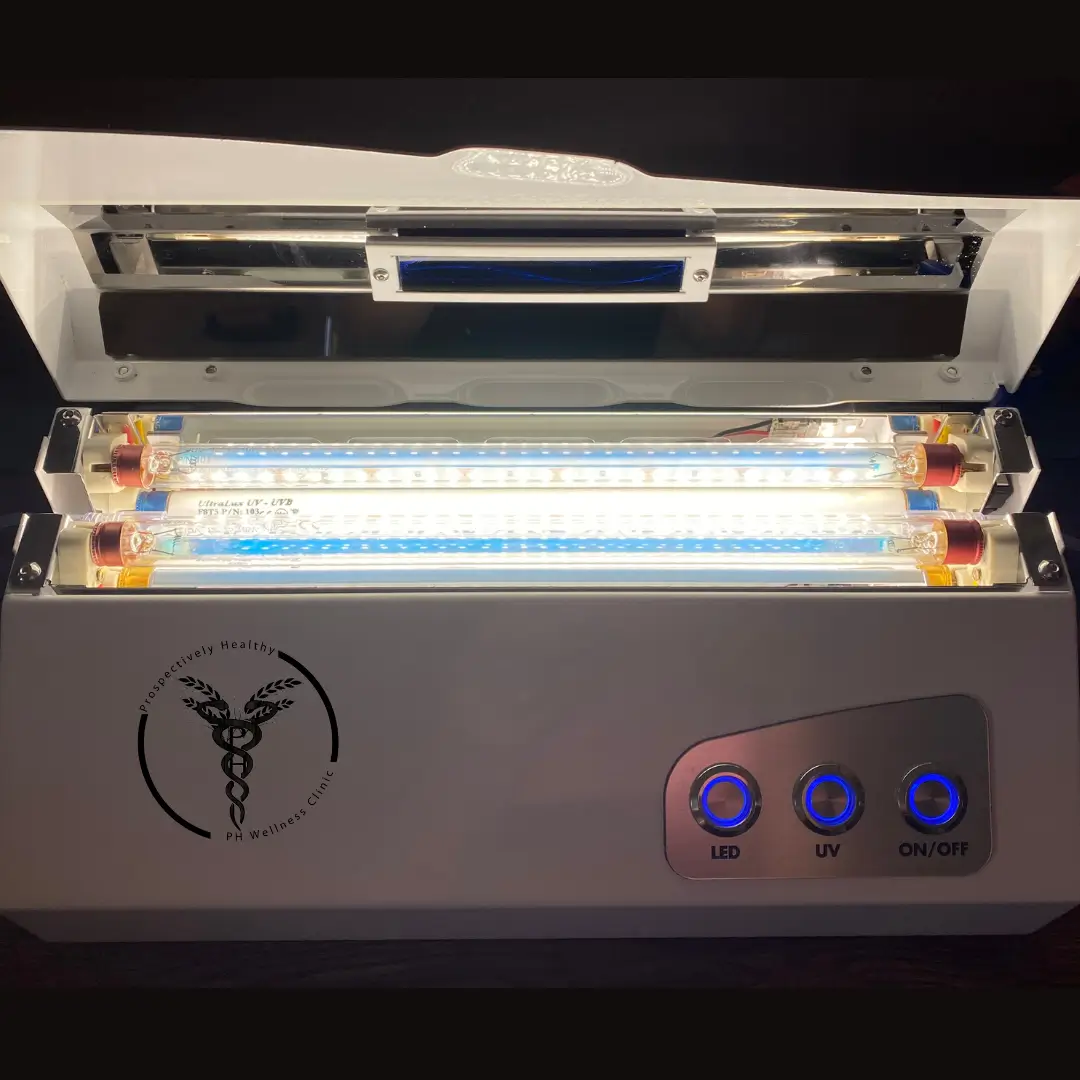UVBI Therapy

What is Ultraviolet Blood Irradiation or Photoluminescence (UVBI)?
It has been known that there is a connection between sunlight and health. For over 100 years, light therapy has been used to treat a variety of medical conditions. This technique is called Ultraviolet Blood Irradiation or Photoluminescence. Ultraviolet Blood Irradiation, simply called UVBI, is a simple, painless, and safe means of treating a person for a variety of illnesses.
The procedure involves removing about 200cc of blood (about the amount of a typical glass of water) and passing the blood through a quartz cuvette where it is exposed to ultraviolet light and returned to the bloodstream.
Photoluminescence increases oxygen levels and transmits energy to the blood and thereby improving a variety of medical conditions. The effects of the ultraviolet light on the blood creates a chemical energetic response that helps stabilize and balance the red and white blood cells. For example, if the body is anemic, photoluminescence tends to build red blood cells. If you have a fatty liver, it allows for more efficient detoxification and it can rid the liver of fats helping to treat elevated cholesterol and triglycerides.
Photoluminescence increases a cell’s permeability which enhances the body’s ability to produce antibodies and fight infection by indirectly attacking pathogenic microorganisms. Scientists believe UVBI has cumulative effects due to the fact that the blood that is exposed to ultraviolet light continues to emit secondary radiation; therefore building and enhancing the effects of previous treatments.
What are the benefits?


Who can benefit from UVBI Treatment?
Individuals with the following conditions & symptoms:
Are there contraindications?
Contraindications include: Porphyria, photosensitivity, acute hemorrhagic diseases (such as hemophilia but not including routine medical anticoagulation), hyperthyroidism, subacute appendicitis, and cholecystitis, immediately after a myocardial infarction (heart attack)
How often should it be done?
Acute infectious situations typically will be treated with one treatment daily or every other day until improved or resolved.
Chronic situations are treated on a variable schedule, but a typical pattern of treatment would be one treatment two times per week for three weeks, and then one treatment weekly for four weeks, then gradually moving towards one treatment every two months as maintenance.
The treatments may take effect immediately and the benefits are apparent for up to 45 days.
What do you do after your treatment?
Drink eight 8-ounce glasses of pure water in the 24 hours following your treatment.
Avoid taking antioxidant supplements for 24 hours following your treatment. This includes Vitamins A,C,E, selenium, glutathione & pycnogenols. Make sure you are eliminating properly – exercise, increase fiber, colonic therapy, and herbal laxatives.
You may take enzymes and minerals to help facilitate the energizing process.
What can you expect after a treatment?
Some people feel better immediately afterward. Occasionally, some people feel worse before they feel better. This is because the body is actually detoxifying from the treatment. The stimulated oxidation process can cause your body to "break" an infection.
Detoxification symptoms include feeling tired or run-down, fever, chills, and flu-like symptoms. This will usually last the night of your treatment and most people then feel better afterward. In individuals with weakened immune systems (chronic fatigue, Candida, multiple sensitivities, etc.) it may take up to four treatments (rarely more) before the immune system is noticeably better.
